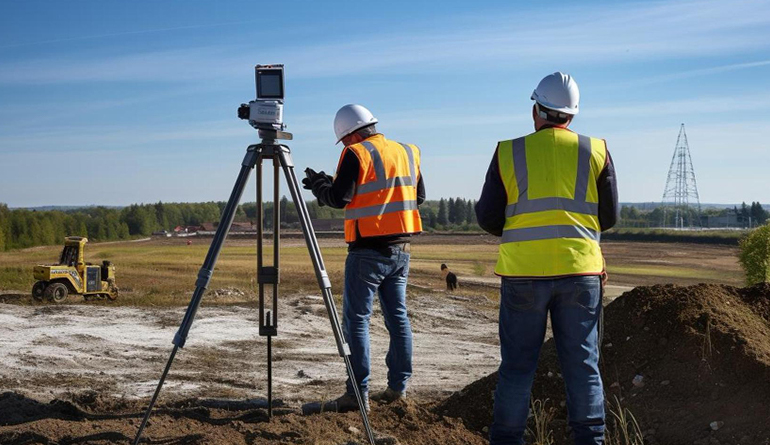
Route Survey
A route survey is conducted to determine the best path or alignment for a proposed linear infrastructure project, such as roads, highways, railways, pipelines, or transmission lines. Here’s an outline of the typical process involved in a route survey:
Project Planning: The survey begins with an understanding of the project goals, objectives, and constraints. This includes considering factors such as the purpose of the infrastructure, environmental impacts, regulatory requirements, and budget constraints.
Preliminary Route Selection: Based on project requirements and preliminary assessments, potential route options are identified. These options may be evaluated based on criteria such as cost, constructability, environmental impact, and social considerations.
Field Reconnaissance: Surveyors conduct a field reconnaissance to assess the physical characteristics of the proposed routes. This involves gathering data on topography, soil conditions, vegetation, water bodies, existing infrastructure, property boundaries, and other relevant features.
Survey Control Establishment: Survey control points are established along the proposed routes using precise surveying techniques. These control points serve as reference points for all subsequent survey measurements.
Route Surveying: Surveyors use various surveying methods and instruments to collect data along the proposed routes. This may include traversing, GPS measurements, total station surveys, LiDAR scanning, and aerial photography.
Data Analysis and Evaluation: The collected survey data is analyzed to assess the feasibility and suitability of each route option. Factors such as alignment efficiency, grade requirements, environmental impacts, and construction costs are evaluated to determine the preferred route.
Route Optimization: Based on the analysis results, adjustments may be made to the route alignment to optimize its performance in terms of cost-effectiveness, environmental sustainability, and other criteria.
Stakeholder Engagement: Throughout the route survey process, stakeholders such as landowners, government agencies, environmental groups, and local communities may be consulted to gather feedback and address concerns.
Final Route Selection: A final route alignment is selected based on the findings of the route survey, stakeholder input, and project requirements. This alignment is then documented in detailed plans and specifications for further engineering and design work.
Regulatory Approvals: The selected route alignment may need to undergo regulatory review and approval before proceeding to the next phases of the project, such as detailed design, permitting, and construction.

